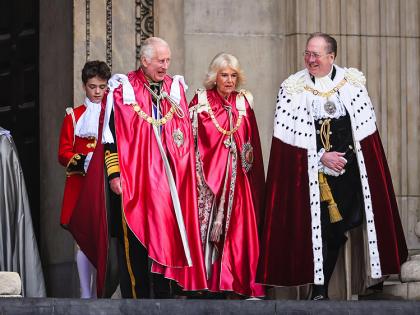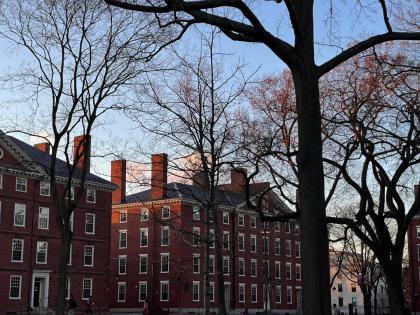David Owen ’78 lives in a 1700s house across a dirt road from a nature preserve, surrounded by wildlife. Compared to his first home, in Manhattan, it’s an ecological catastrophe of energy consumption. Green Metropolis: What the City Can Teach the Country about True Sustainability (Riverhead, $25.95) explains. From chapter one:
My wife and I got married right out of college, in 1978. We were young and naïve and unashamedly idealistic, and we decided to make our first home in a utopian environmentalist community in New York State. For seven years we lived quite contentedly in circumstances that would strike most Americans as austere in the extreme: our living space measured just 700 square feet, and we didn’t have a lawn, a clothes dryer, or a car. We did our grocery shopping on foot, and when we needed to travel longer distances we used public transportation. Because space at home was scarce, we seldom acquired new possessions of significant size. Our electric bill worked out to about a dollar a day.
The utopian community was Manhattan. Most Americans…think of New York City as an ecological nightmare, a wasteland of concrete and garbage and diesel fumes and traffic jams, but in comparison with the rest of America it’s a model of environmental responsibility. In fact, by the most significant measures, New York is the greenest community in the United States. The most devastating damage that humans have done to the environment has arisen from the burning of fossil fuels, a category in which New Yorkers are practically prehistoric by comparison with other Americans, including people who live in rural areas or in such putatively eco-friendly cities as Portland, Oregon, and Boulder, Colorado. The average Manhattaite consumes gasoline at a rate that the country as a whole hasn’t matched since the mid 1920s, when the most widely owned car in the United States was the Ford Model T. Thanks to New York City, the average resident of New York uses less gasoline than the average resident of any other state, and uses less than half as much as the average resident of Wyoming. Eighty-two percent of employed Manhattan residents travel to work by public transit, by bicycle, or on foot. That’s 10 times the rate for Americans in general, and eight times the rate for workers in Los Angeles County.…The average New Yorker (if we take into consideration all five boroughs of the city) annually generates 7.1 metric tons of greenhouse gases, a lower rate than that of residents of any other American city, and less than 30 percent of the national average, which is 24.5 metric tons; Manhattanites generate even less.








